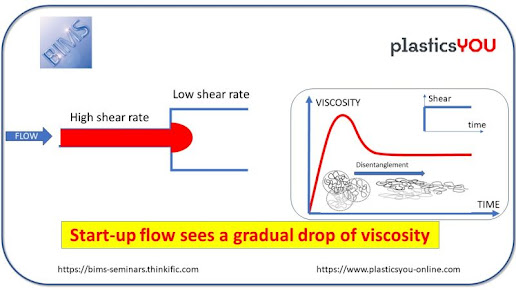Boeing's 787 Dreamliner Passenger Plane Uses Lighter & Fuel-efficient High-tech Plastic Composites
The launch of Boeing's new 787 Dreamliner passenger plane marks another step forward in aviation technology, the latest in a century-long history of dramatic advancements.
Over the last half-century, many of these advancements have resulted from innovations in plastics technology-and today plastics are helping create state-of-the-art airplanes that offer unparalleled durability, comfort, and fuel-efficiency.
The use of plastics in aircraft began in World War II. Remember in the film It's a Wonderful Life when Sam Wainwright offers George Bailey a "chance of a lifetime" making plastics from soybeans-and the angel Joseph later says that Sam "made a fortune in plastic hoods for planes" during World War II? Plastics also were used to construct the housing for radar equipment (since they don't impede the radar waves), they replaced rubber in airplane wheels, and they even were sprayed on fighter planes to protect against corrosion from salty seawater. Over the years, aviation technicians have found that the attributes of various plastics-favourable strength-to-weight ratios, heat resistance, flexibility, durability-make them useful in all sorts of aircraft. They can withstand the vibrations of helicopters, they help take astronauts into space, and they even make military aircraft less visible to radar.
New, high-tech plastics-such as carbon-fiber-reinforced plastics (CFRP)-are helping make passenger aircraft lighter, more durable, and more fuel-efficient. CFRP are made of one or more plastics combined with fibers made from carbon, resulting in lightweight, extremely strong materials. State-of-the-art airplanes, including the new Boeing 787 Dreamliner, rely on composites such as CFRP. Boeing states that 50 percent of the primary structure of the 787 is made with composites (up from about 12 percent in most aircraft) in place of traditional materials such as aluminum sheeting. These composites help reduce the weight of the aircraft and contribute to a 20 percent reduction in fuel consumption. Better fuel efficiency also translates into lower carbon and other emissions during the lifetime of the aircraft. And the planes can fly longer without refueling, potentially resulting in longer non-stop flights. In addition, the use of plastic composites reduces the scrap and waste produced from working with traditional materials. And plastic composites also are less susceptible to fatigue and corrosion, so Boeing expects the aircraft to last longer and require fewer repairs.
The use of composite materials might even make for more comfortable travel. Why? The composite materials can sustain lower cabin pressure at high altitudes and higher humidity levels than traditional aluminum-bodied planes, so it's expected that passengers will fly more comfortably and arrive at their destinations feeling more rested.
What is next for plastic composites in flight? The National Aeronautics and Space Administration (NASA) is researching the use of large composite structures for elements of its space flight programs. The high strength-to-weight ratio and overall lower mass of composite structures could make it easier for NASA to transport larger payloads to and from space. An integral part of aviation for more than half a century, plastics continue to inspire innovation in all sorts of aircraft.


Comments
Post a Comment